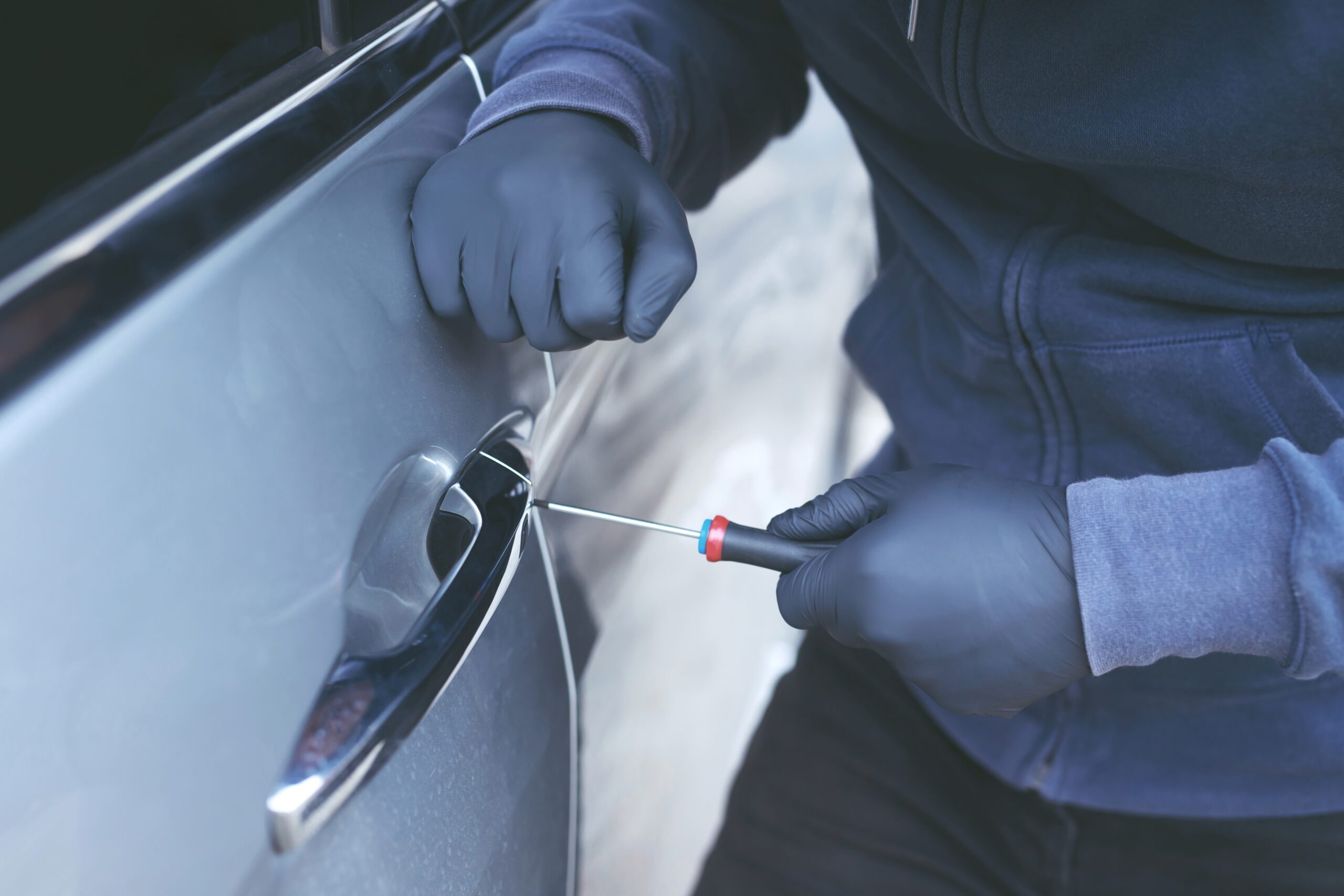Driving for Uber, Lyft, or another rideshare platform in New York City comes with unique challenges, including the unfortunate reality of vehicle theft. Your car is essential to your livelihood, and having it stolen can disrupt your income and cause significant stress. While preventing theft is always the primary goal, knowing what to do if your car is stolen is equally crucial. One resource many rideshare drivers aren’t familiar with is the NYPD’s Vehicle Theft Locations.
What Exactly are the NYPD’s Vehicle Theft Locations?
Vehicle Theft Locations are secure facilities operated by the NYPD specifically for storing recovered stolen vehicles. These locations are strategically placed (and kept confidential for security reasons) throughout the five boroughs, providing a safe and controlled environment for vehicles that have been recovered after being reported stolen.
Why Should I Care About These Locations?
These locations offer several benefits that can be particularly valuable to drivers:
- Potential Cost Savings: One of the biggest headaches after recovering a stolen vehicle is the towing and storage fees that can quickly accumulate at private impound lots. Vehicle Theft Locations can potentially help you avoid or reduce these costs, as the NYPD generally doesn’t charge the same fees as private companies.
- Streamlined Recovery Process: Having designated locations for recovered stolen vehicles helps streamline the process of getting your car back. Instead of your car being impounded at a random tow yard, it’s more likely to be taken to a centralized location, making it easier to locate and reclaim.
- Enhanced Security: Vehicle Theft Locations offer a higher level of security compared to simply leaving a recovered car on the street. This reduces the risk of further damage or even potential re-theft while the investigation and necessary paperwork are completed.
- Peace of Mind: Knowing that your recovered vehicle is in a secure and monitored location can provide some peace of mind during an already stressful situation.
Where Can I Find These Locations in NYC?
While the concept of Vehicle Theft Locations is valuable to know, the NYPD intentionally keeps their exact addresses confidential for security reasons. This helps prevent potential thieves from targeting these locations or attempting to reclaim stolen vehicles illegally.
What Should I Do if My Car is Stolen?
If the unfortunate happens and your vehicle is stolen, here’s a step-by-step guide:
- Immediately Report the Theft to the NYPD: Time is of the essence. The sooner you report the theft, the better the chances of recovery. Provide the police with all essential details about your vehicle, including:
- Vehicle Identification Number (VIN)
- Make, model, year
- Color and any distinguishing features (dents, stickers, etc.)
- License plate number
- Location and time of theft
- Contact Your Insurance Company: Notify your insurance company about the theft as soon as possible to initiate the claims process. They will guide you through their specific requirements and procedures.
- Inquire About Vehicle Theft Locations: When you file the police report, ask the officer if your vehicle is likely to be taken to a Vehicle Theft Location if recovered. They may be able to provide some information or guidance based on the circumstances.
What if My Car is Recovered?
Here’s how the process usually works:
- Verification: Once the NYPD recovers a stolen vehicle, they will verify the owner’s identity through the vehicle’s registration and identification records.
- Notification: The NYPD will then contact the owner, usually by phone or mail, to inform them that their vehicle has been recovered. They will provide instructions on where and how to pick up the vehicle.
- Vehicle Release: The owner will need to provide proof of ownership, such as the vehicle’s title or registration, and identification to claim the vehicle. There may be some paperwork to complete and potentially fees to pay, depending on the circumstances.
- Vehicle Location: The NYPD will inform the owner where the vehicle is located. This could be at a Vehicle Theft Location, a police precinct, or an impound lot, depending on the situation.
Important Notes:
- Timely Response: It’s important to respond to the NYPD’s notification promptly, as there may be deadlines or storage fees that could apply if the vehicle is not claimed within a certain timeframe.
- Vehicle Condition: Be prepared for the possibility that your vehicle may have sustained damage during the theft or recovery process. It’s a good idea to carefully inspect the vehicle before taking possession.
- Contacting the NYPD: If you haven’t received notification after a reasonable amount of time, you can contact the NYPD to inquire about the status of your stolen vehicle.
* Not All Recovered Vehicles Go to These Locations: It’s important to understand that not every recovered stolen vehicle will end up at a Vehicle Theft Location. The decision depends on various factors, such as the vehicle’s condition, where it was recovered, and the nature of the investigation.
Prevention is Key
While knowing about Vehicle Theft Locations is helpful, preventing theft in the first place is always the best strategy. Here are some tips to reduce the risk of your vehicle being stolen:
- Park in Well-Lit Areas: Avoid parking in dark or isolated areas, especially overnight.
- Use Visible Deterrents: Steering wheel locks, brake pedal locks, and visible alarm systems can deter potential thieves.
- Consider a GPS Tracker: A GPS tracker can help authorities locate your vehicle if it’s stolen.
- Be Aware of Your Surroundings: Pay attention to your surroundings when parking and exiting your vehicle.



